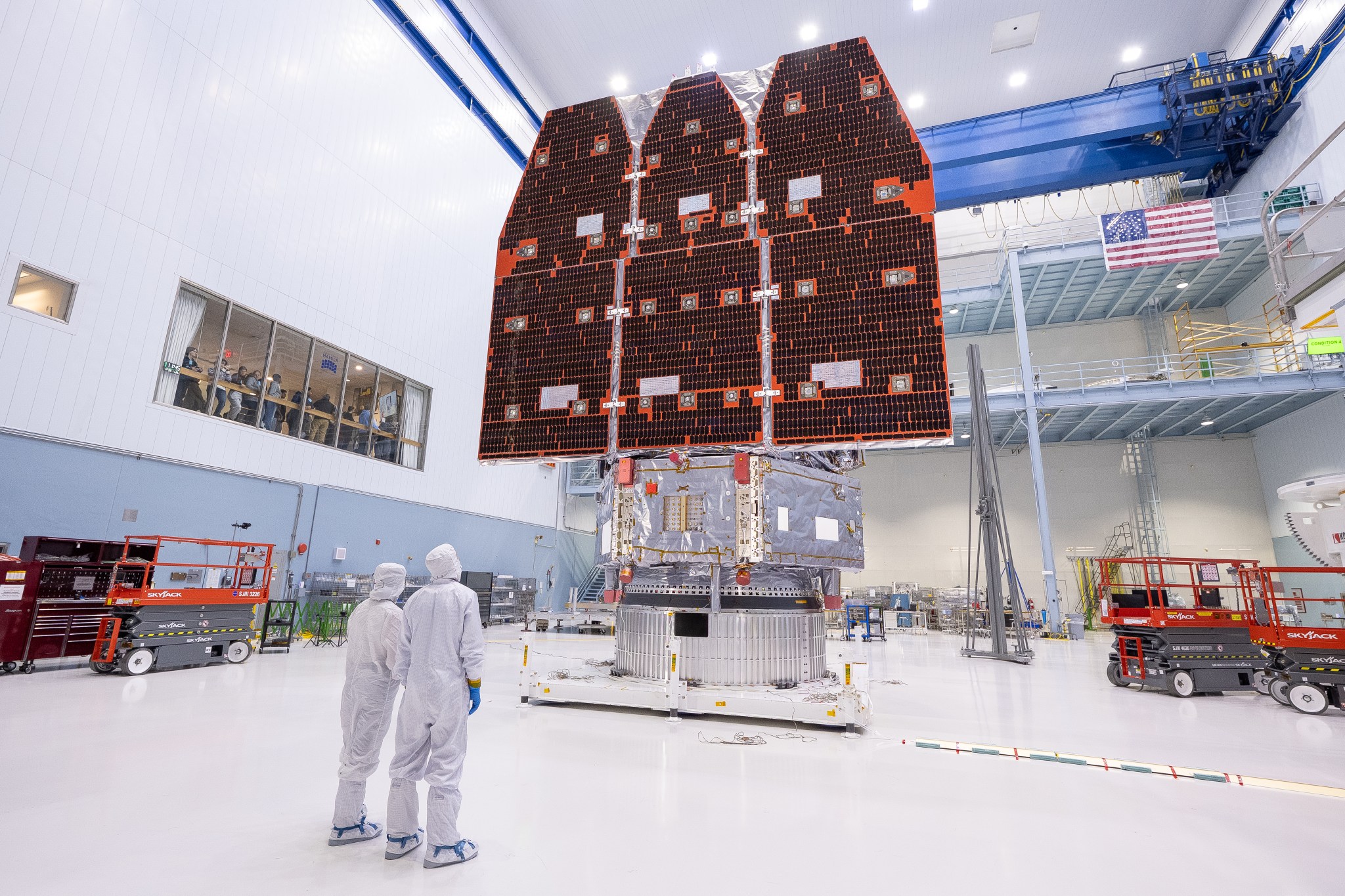In this new NAVCAM view, taken 21 January, Comet 67P/Churyumov-Gerasimenko’s small lobe and its distinctive Hatmehit depression face directly towards Rosetta. The Bastet region on the small lobe faces directly up in this orientation, with Ma’at immediately to the left and Wosret to the right. In the background, on the large lobe, a swath of smoother terrain – defining Aker, with Khepry beyond – lies between the more rugged terrain of Babi (left) and Anhur (right). Parts of these southern hemisphere regions (to the right in the NAVCAM image) were also seen in spectacularly detailed images captured by Rosetta’s OSIRIS narrow-angle camera this week. For example, the image below was taken on 27 January as part of an extensive surface mapping campaign. The complete sequence is aiming for a large coverage of the southern hemisphere to be used for 3D shape reconstruction and composition maps. The relatively flat Aker surface can be identified to the right in this image, with Khepry to the top and Anhur towards the foreground. Sobek (centre) marks the transition towards the small lobe (left) where distinctive fracture patterns are clearly seen in Wosret (far left). As we learned in the original OSIRIS release yesterday, the image also features two regions not previously mentioned before: Neith and Bes. The details of the regions and the locations of the boundaries are still under study (and precisely why images like this are essential), but broadly speaking, Neith lies between Wosret and Sobek on the small lobe, and Bes lies to the right of Anhur and extends into the foreground of this particular image. The OSIRIS team also released a striking new view focusing on the Khonsu region this week, at the boundary with Atum and Anubis (above). A variety of fracture-like features and layers are clearly visible. For example, […]
from Rosetta – ESA's comet chaser http://ift.tt/1Pn6L9O
via IFTTT
Tools and thoughts!
Subscribe to:
Post Comments (Atom)
NASA’s Nancy Grace Roman Space Telescope Completed
Over the course of several hours, technicians meticulously connected the inner and outer segments of NASA’s Nancy Grace Roman Space Tel...

-
NASA has exercised the second option of its Information Technology and Multimedia Services (ITAMS) contract with DB Consulting Group, Inc., ...
-
4 min read NASA X-ray Telescopes Reveal the “Bones” of a Ghostly Cosmic Hand Credit: X-ray: NASA/CXC/Stanford Univ./R. Romani e...

No comments:
Post a Comment